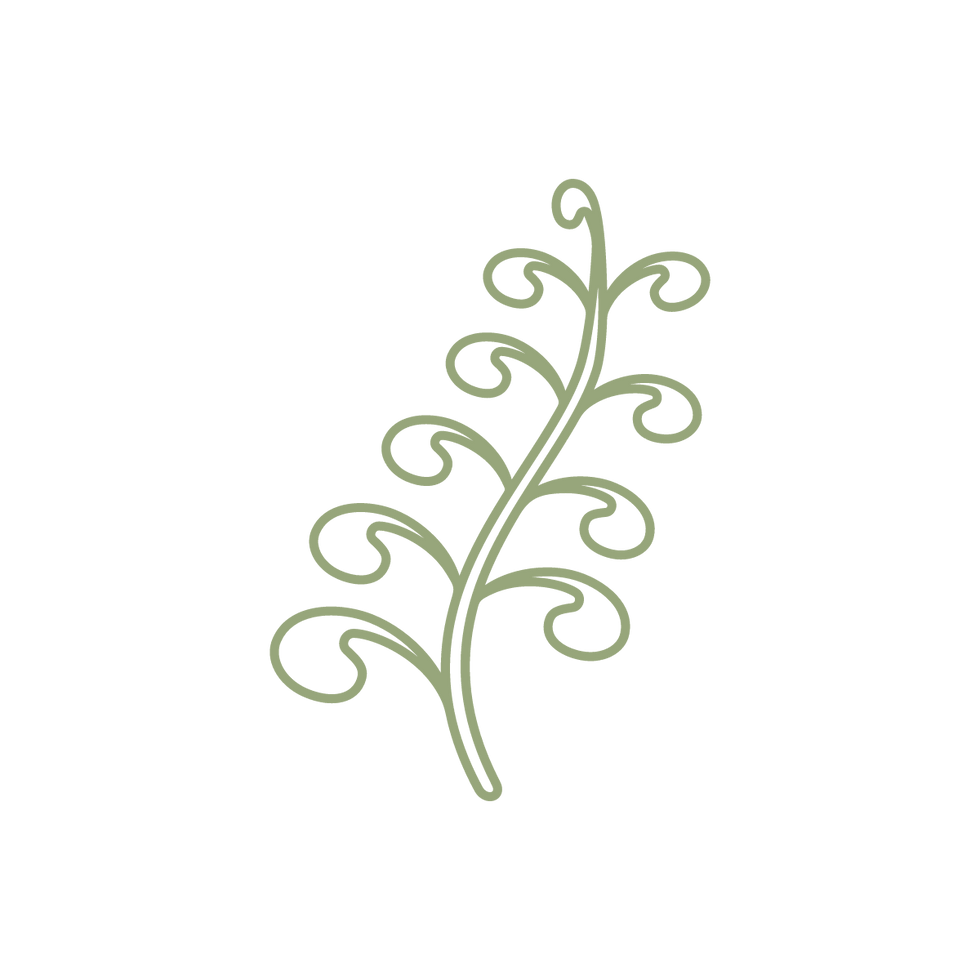

Aronia melanocarpa, commonly called black chokeberry, is an open, upright, somewhat rounded-but-leggy, suckering, thicket-forming, deciduous shrub that typically grows 3-6’ tall. It is noted for its clusters of 5-petaled white spring flowers (May-June), glossy obovate dark green leaves (to 3” long), black 1" diameter autumn berries (blueberry size) and purple-red fall color. It is native to swamps, moist thickets and low woodlands. Group or mass in shrub borders, small gardens or open woodland areas. Ability to withstand wet conditions makes it suitable for growing on the margins of ponds or streams. Excellent addition to naturalized areas where its suckering, colonial growth habit does not need to be restrained. Suitable for a screen or hedge. [MissouriBotanicalGarden.org]
A small, mound-shaped shrub with slender, multiple stems and reddish-brown bark. Glossy, dark green foliage turns crimson-red in fall. Flat-topped clusters of white, five-petaled flowers with pink anthers are followed by persistent, blackish-purple berries. 3-6 ft. tall. [Wildflower.org]

Larval Host for the
3-6'



SIZE
SOIL
Moist, Acid, Wet, Well-drained, Average, Medium
LIGHT
Sun, Part Shade

BENEFITS
Birds

NOTES
Fruit is edible, but not so sweet!

CHARACTERISTICS
Tolerates Flooding, Will Naturalize, Showy, Fall Color, Low Maintenance
May
Shrub
This
flowers in
Black Chokeberry
Aronia melanocarpa
DETAIL VIEW

DESCRIPTION
Aronia melanocarpa, commonly called black chokeberry, is an open, upright, somewhat rounded-but-leggy, suckering, thicket-forming, deciduous shrub that typically grows 3-6’ tall. It is noted for its clusters of 5-petaled white spring flowers (May-June), glossy obovate dark green leaves (to 3” long), black 1" diameter autumn berries (blueberry size) and purple-red fall color. It is native to swamps, moist thickets and low woodlands. Group or mass in shrub borders, small gardens or open woodland areas. Ability to withstand wet conditions makes it suitable for growing on the margins of ponds or streams. Excellent addition to naturalized areas where its suckering, colonial growth habit does not need to be restrained. Suitable for a screen or hedge. [MissouriBotanicalGarden.org]
A small, mound-shaped shrub with slender, multiple stems and reddish-brown bark. Glossy, dark green foliage turns crimson-red in fall. Flat-topped clusters of white, five-petaled flowers with pink anthers are followed by persistent, blackish-purple berries. 3-6 ft. tall. [Wildflower.org]